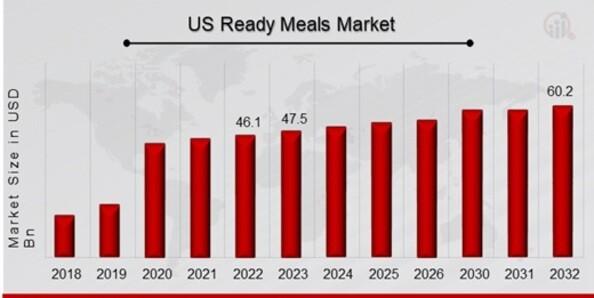Global Growth in Solar Encapsulation for Advanced PV

Introduction
The solar encapsulation market plays a critical role in the reliability and durability of photovoltaic (PV) modules. Encapsulation materials are essential in protecting solar cells from mechanical stress, UV radiation, moisture, and temperature fluctuations, all while ensuring optimal light transmission. They not only extend the life of solar modules but also improve efficiency by reducing energy losses. With global solar energy adoption accelerating, the demand for high-performance encapsulants is expanding significantly.
Market Drivers
The primary driver is the exponential growth in solar power capacity worldwide. Governments are setting ambitious renewable targets, and solar energy is one of the most cost-effective solutions. Encapsulation materials are vital for ensuring modules meet 20–30 year lifetime expectations. The shift toward bifacial and high-efficiency modules demands advanced encapsulants with superior transparency and durability. In addition, increased investments in floating solar projects and harsh-climate installations highlight the importance of reliable encapsulation. Continuous innovation in polymer chemistry, including POE (polyolefin elastomers) and thermoplastic materials, enhances market opportunities.
Market Challenges
Encapsulation must balance transparency, adhesion, thermal stability, and moisture resistance — making material development complex. Cost pressure on PV modules trickles down to encapsulant suppliers, limiting margins. Recycling challenges also arise, as polymer encapsulants are difficult to separate during end-of-life processing. Volatility in raw material prices, particularly petrochemical-based polymers, creates uncertainty. Moreover, counterfeit or low-quality encapsulants in unregulated markets can undermine confidence in solar system performance.
Market Segmentation
- By Material: EVA (ethylene-vinyl acetate), POE, TPU (thermoplastic polyurethane), silicones, and others.
- By Application: Crystalline silicon modules, thin-film modules, bifacial modules.
- By End Use: Utility-scale solar, residential, commercial, and floating solar projects.
Regional Insights
Asia-Pacific dominates production and consumption, with China leading both PV manufacturing and encapsulant supply. Europe shows steady demand due to stringent performance standards and widespread adoption of renewable energy. North America has growing demand from utility projects and new module factories. Latin America and Middle East & Africa are emerging markets driven by increasing solar adoption.
Key Market Trends
- Growth of bifacial modules requiring encapsulants with dual-side transparency.
- Rising use of POE encapsulants to combat potential-induced degradation (PID).
- Innovations in recyclable encapsulants to support circular economy initiatives.
- Higher demand for encapsulation in floating PV systems, where resistance to moisture is critical.
Future Outlook
The solar encapsulation market will continue to expand as solar deployment scales up globally. Expect a shift toward advanced, recyclable encapsulants, driven by both performance requirements and sustainability regulations.
Conclusion
Encapsulation is the backbone of solar module reliability. As the solar industry grows, encapsulant innovation will play a vital role in ensuring long-lasting and efficient PV systems.







